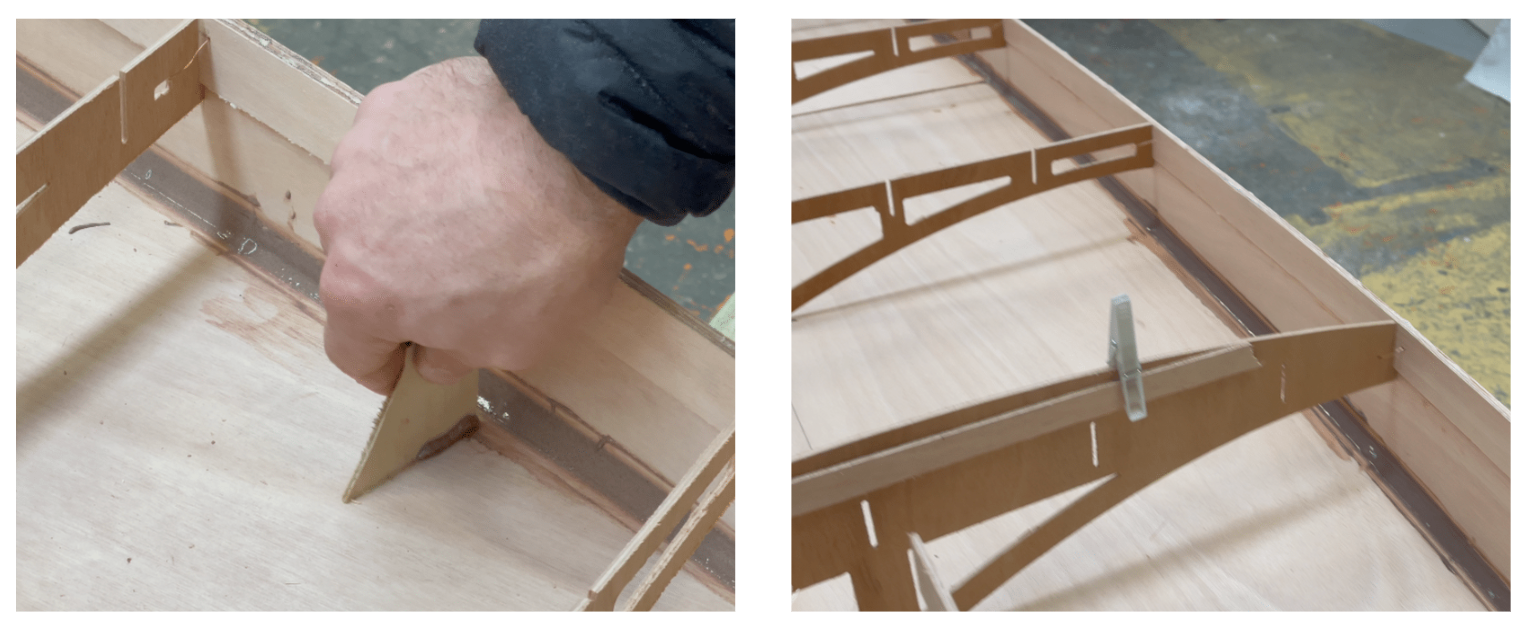The deckpad serves as both a non-slip surface to better the grip your board with your feet and a cushioning layer so you can paddle all day in comfort.
I'm a big fan of the synthetic teak decking with faux grout lines between the 'planks', it completes that classic look we're going for on our stand up paddle boards.
The self-adhesive EVA foam decks are now very common place in the boating world and can be bought inexpensively from online marine retailers. As always, try to buy the best foam deck you can afford as it will stick to the board for longer and look better.
Here's how to install a self adhesive deck pad...
- Clean the surface of the board with a glass cleaner and paper towel. Make sure the area is completely dry before applying the pad.
- Test fit the deckpad and place weights on the board to hold it in position.
- Weigh down the deckpad and peel off the first 10-15cm of the self-adhesive backing paper at the front of the deckpad and adhere it to the deck.
-
Slowly remove the backing paper and roll the deckpad onto the board from front to back rolling out any wrinkles.
- Use a rolling pin or similar to work from the centre to the outside edge of the deck pad to work out any air pockets.



